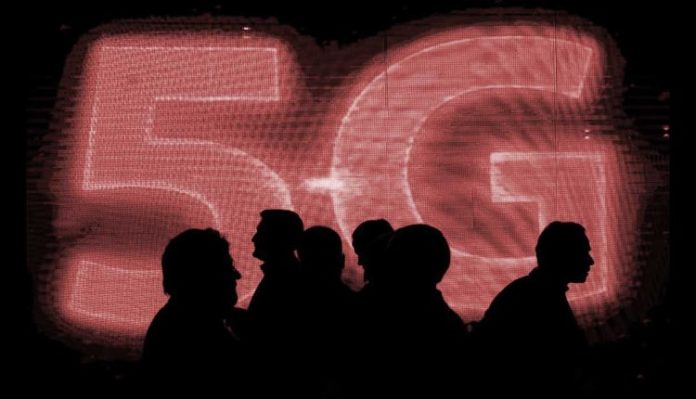The novel coronavirus outbreak in China has highlighted the role that 5G can play in epidemic control as 5G+ thermal imaging supports contagion monitoring and it can accurately spot a moving object’s temperatures in real-time without contact and issue abnormal temperature alerts, a new study said on Thursday.
According to a joint Huawei and Deloitte study, COVID-19 or coronavirus has put tremendous pressure on public healthcare systems and epidemic response mechanisms across the world.
In China, due to its vast landscape, large, highly mobile population and their complicated demand for resources, the effectiveness of communication and data exchange have been essential in screening for infected individuals, thus, providing on-ground support to front line staff and controlling the outbreak.
Telecommunications operators collaborated with Huawei to rapidly set up a specific 5G network dedicated to COVID-19 treatment hospitals.
“As a result of 5G features such as high speed connection, high reliability and low latency, the healthcare system has benefited from improved response times, patient monitoring, data collection and analytics, remote collaboration and resource allocation. It also sets an example for digitalized, data driven and Cloud-based innovative major public emergency response platforms,” the company said in a statement.
“The success of 5G applications in the public health domain could also inspire businesses in other sectors to leverage 5G’s popularity and explore new applications of the technology.”
According to the study, 5G enables continuous remote monitoring and diagnosis during patient transfer.
It is the ideal technology to meet teleconferencing requirements to enable medical experts to treat patients without constraints on their physical location, and substantially improve the accuracy and efficiency of consultations.
Natural disaster response can be equipped with 5G and Internet of Things (IoT) networks, thus, enabling deep analysis of supply chains and providing real time information on front-line supply consumption, resource inventory levels, production capability, supply capability and logistics support decisions to balance supply and demand, the study noted.
(IANS)











